Technological Innovations
Technological advancements in adhesive formulations and application techniques are significantly influencing the tile adhesive market. Innovations such as improved bonding agents and faster curing times enhance the performance of tile adhesives, making them more appealing to both professionals and DIY enthusiasts. The introduction of smart adhesives, which can adapt to environmental changes, is also gaining traction. These developments are expected to drive market growth, as they offer enhanced durability and ease of use. The Global Tile Adhesive Industry is likely to benefit from these innovations, with a projected increase in market share for technologically advanced products, potentially reaching a valuation of several billion dollars by the end of the decade.
Sustainability Initiatives
The increasing emphasis on sustainability within the construction sector appears to be a pivotal driver for the tile adhesive market. As environmental concerns gain traction, manufacturers are compelled to innovate and produce eco-friendly adhesive solutions. This shift is reflected in the growing demand for low-VOC and water-based adhesives, which are perceived as less harmful to both human health and the environment. The market for sustainable tile adhesives is projected to expand, with estimates suggesting a compound annual growth rate of over 5% in the coming years. Consequently, The Global Tile Adhesive Industry is likely to witness a surge in products that align with green building standards, thereby attracting environmentally conscious consumers and contractors alike.
Rising Construction Activities
The resurgence of construction activities across various regions is a crucial driver for the tile adhesive market. As urbanization accelerates, there is a marked increase in residential and commercial construction projects, which in turn fuels the demand for tile adhesives. According to recent data, the construction sector is expected to grow at a rate of approximately 4% annually, leading to a heightened need for reliable adhesive solutions. This trend is particularly evident in emerging markets, where infrastructure development is a priority. The Global Tile Adhesive Industry stands to gain significantly from this growth, as construction companies seek high-quality adhesives to ensure the longevity and aesthetic appeal of their projects.
Growing Renovation and Remodeling Trends
The trend towards home renovation and remodeling is emerging as a significant driver for the tile adhesive market. Homeowners are increasingly investing in upgrading their living spaces, which often involves the installation of new tiles. This trend is supported by a growing awareness of interior design and the desire for modern aesthetics. Market data indicates that the renovation sector is projected to grow by approximately 6% annually, further propelling the demand for tile adhesives. The Global Tile Adhesive Industry is likely to see a corresponding increase in sales as consumers opt for high-performance adhesives that ensure durability and ease of application during renovation projects.
Expansion of Retail and Distribution Channels
The expansion of retail and distribution channels is playing a vital role in shaping the tile adhesive market. As e-commerce continues to grow, consumers have greater access to a variety of adhesive products, which enhances market competition. Retailers are increasingly offering specialized tile adhesives, catering to specific needs such as waterproofing or high-temperature resistance. This diversification is expected to attract a broader customer base, including both professionals and DIY enthusiasts. The Global Tile Adhesive Industry is likely to benefit from this trend, as increased availability and variety of products can lead to higher sales volumes and market penetration.
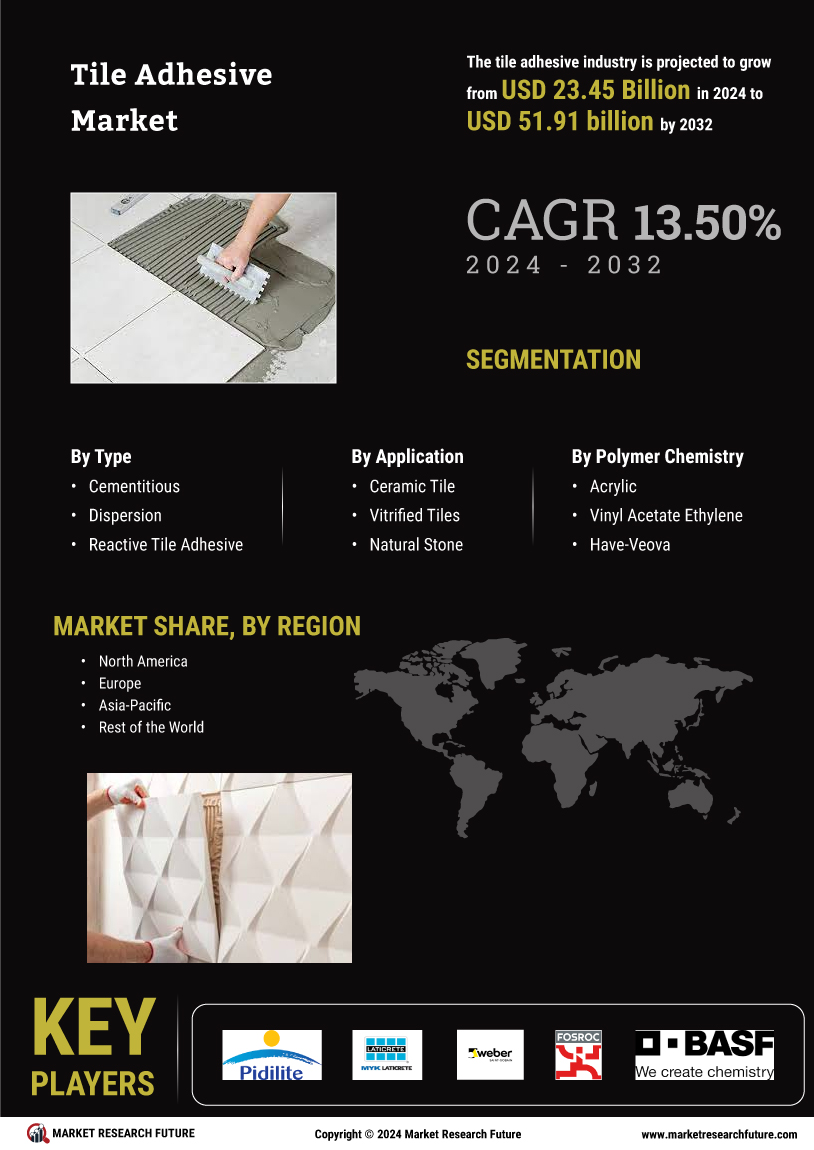

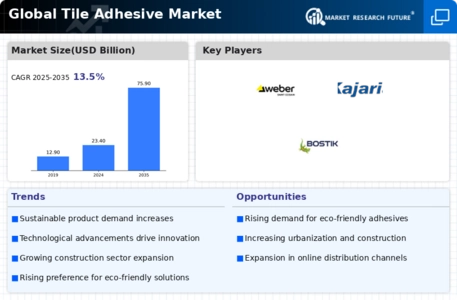
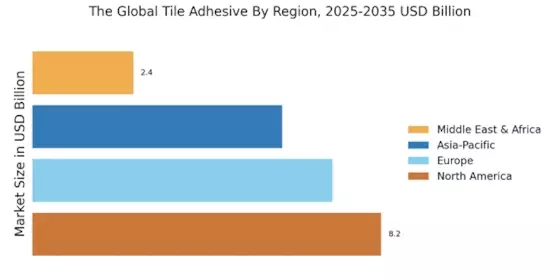
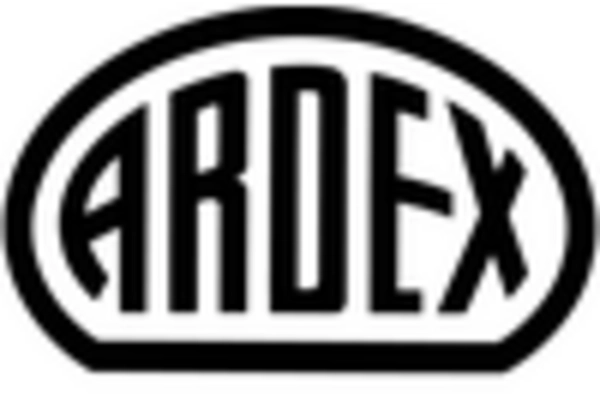
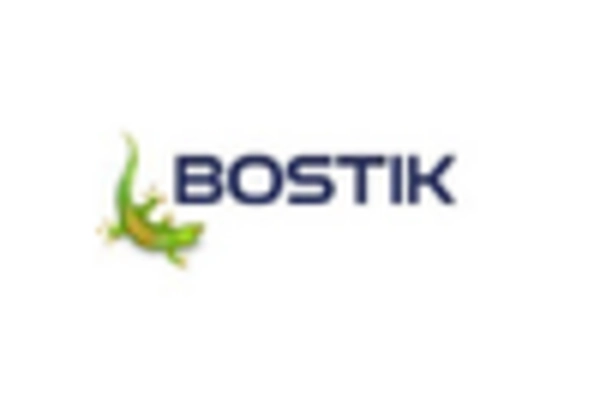
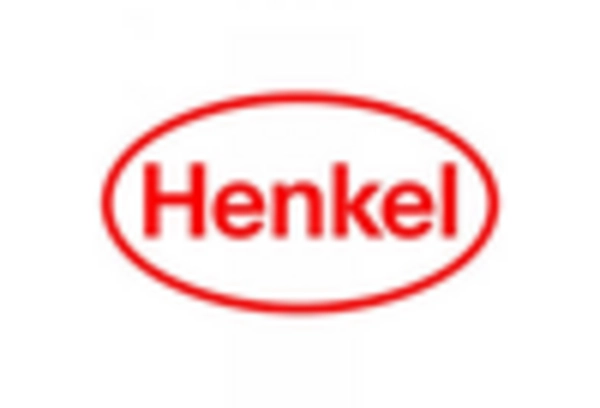
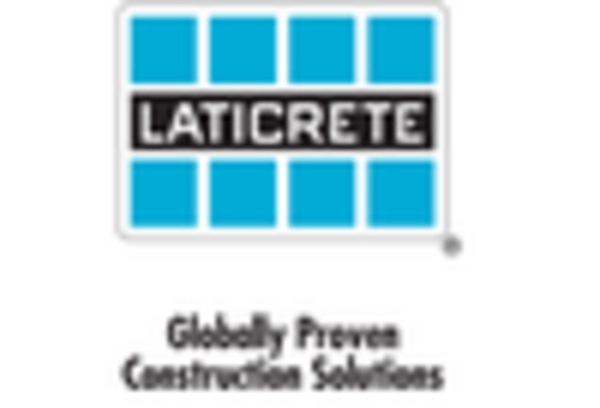
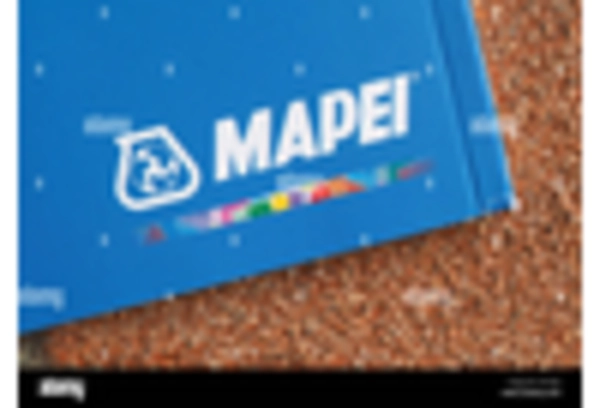
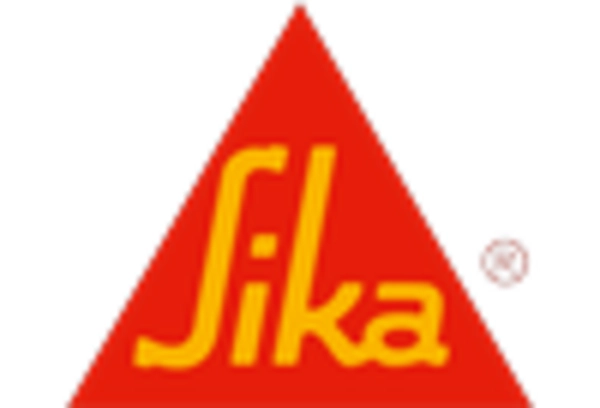








Leave a Comment